
Many of us live our busy day-to-day lives, constantly filled with continuous tasks that consume our time, so we rarely get to sit and think about the inevitable end of this parade, or what it all means.
As Schopenhauer once put it: “Time is that by which at every moment all things become as nothing in our hands, and thereby lose all their true value.” Luckily (or rather not), many directors find the effort and means to dwell on these questions. It is a touchy subject that few of us dare emphasize, so without any further adieu, here are 10 films that reflect the emptiness of existence.
10. Holy Motors
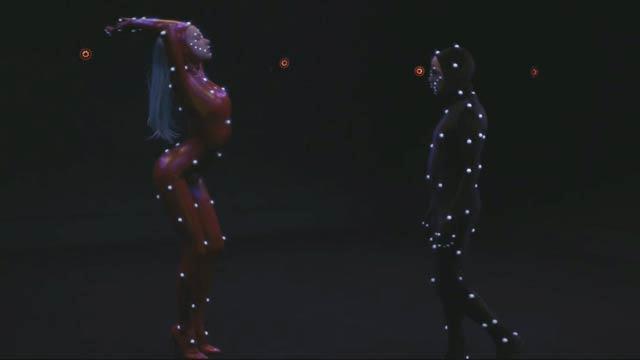
Leo Carax gives us an amazing homage of cinema, while at the same time underlining it with a deeply existential theme. The plot revolves around a middle-aged man who works as an actor for an unknown company, and delivers different roles along the way. This is the main narrative that works as a reference toward cinema (the roles he plays are of different genres), and as a reference toward the acting profession in general.
The symbolic nature of this film, however, lies in its tendency to elevate us beyond the narrative structure. In this sense, we can say that the ‘actor’ stands for every person, and this entire movie is an experience of life, as the director puts it in his own words. He is an actor without a persona, acting without an audience, just as we exist in time without really living life.
The ending concludes with a song: We would like to live again, but that means we’d like to relive the same thing, make the long journey once more, touch the point of no return and feel so very far away from our childhood days.
It’s a worthy watch, and although at times it may be incomprehensible, it gives us a sense of relief, as we feel that we are all sharing the same fate.
9. Wiener-Dog
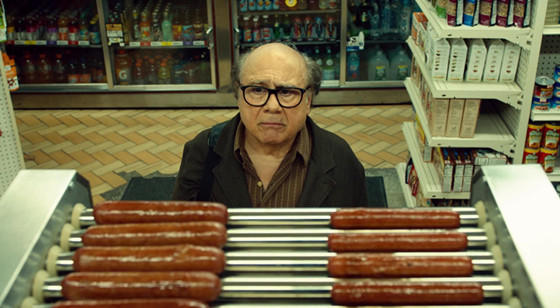
This film is a quirky masterpiece from the ever-cynical Todd Solondz, who makes us laugh and cry at the same time. This one consists of four different narratives, intertwined by the presence of a loveable dachshund who travels from owner to owner, “experiencing” their fates and lives.
It is a movie filled with awkward scenes and dialogue, devoid of any meaningful conversation, and as such, it reflects life itself. The most obvious symbol in this movie is the dachshund, which represents the hopes, dreams, and illusions of every person.
The fact that every character in this movie has a direct and personal relationship with the dachshund, even more so than with the people around them, is the director’s way of telling us that our deepest selves are so alienated from reality that we unconsciously create a non-personal object through which we actualize ourselves.
We can’t help but anthropomorphize the dog, who becomes our “other self” on which we project our innocence and purity, in the director’s own words. There is an interesting example of this near the end of the film, when a character named Nana sits with Wiener-Dog on her lap and dreams about what her life would’ve been if she’d been more positive about it. But after she wakes up, she finds Wiener-Dog hit by a car, thus realizing the absurdity of “what if?”
“Wiener-Dog” is the kind of movie you might want to avoid if you are looking for a pleasurable indie comedy with eccentric characters, due to its inescapable pessimism.
8. Synecdoche, New York
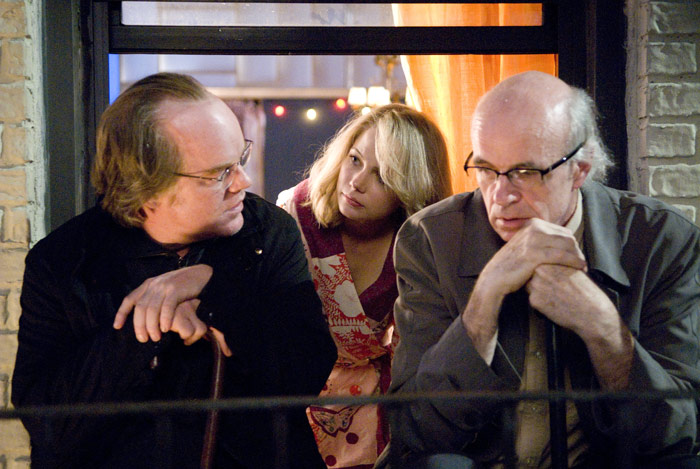
This movie is a beautiful poetic masterpiece, from the creative mind of Charlie Kaufman, and this is also his directorial debut. The story revolves around the life of theatre director Caden Cotard (played by Philip Seymour Hoffman), and the struggles he has while making his magnum opus. The title of this movie is by no means an accident, as the word “synecdoche” is a figure of speech in which a term for a part of something refers to the whole of something, just as the play in which Caden pours his persona refers directly to the whole of reality.
The movie is set into the hyper-realistic world of Caden’s play, and focuses on his desperate attempt to capture his own life through the play. This is where the blurred line of reality and fiction is drawn, and as the movie continues, this line completely vanishes. Caden has many interpersonal issues and broken relationships along with his physical ailments, so as the introverted artist that he is, he makes a sort of an inner conversation with himself, which throughout the movie gets externalized into his theatre drama. His play becomes his life, and this is the ultimate goal of any artist – to capture life itself, or rather to incarnate reality and truth.
The crucial moment in the film is when Caden gives up the direction of his “life drama” to another person, thus representing his reconciliation with fate. Afterwards, the movie takes us further into the abyss of Caden’s life when an explosion is heard, resulting in a pile of dead bodies everywhere.
This brings us to the final narration in the end, where the director rather explicitly tells Caden everything he so desperately tries to avoid his whole life: “As you learn there is no one watching and there never was, you think only about driving … Not coming from any place, not arriving at any place… just driving… counting off time,” meaning that the purpose of life lies simply in its passing. This shows us that every experience we have, and every meaning we attribute to life, dissolves in time, thus resulting in an inevitable death. Caden struggles to find meaning to the very end when he proclaims that he has a new idea for the play, and then suddenly the director tells him to die.
“Synecdoche, New York” can be seen as a journey of one man’s life reflected unto all of our lives, as it shows us that we are not special and that our struggle for meaning is captured in this timely existence, which inevitably ends. It is a dark but poetic take on life in all of its depths.
7. Dancer in the Dark
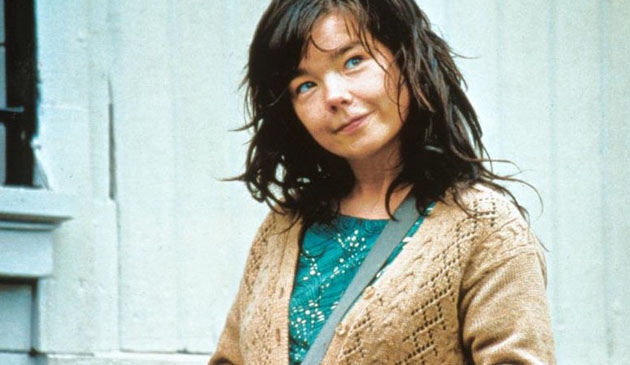
A movie from director Lars von Trier that leaves us breathless and trembling, “Dancer in the Dark” is a paradoxical journey that takes us between dreams and reality. Selma (the main character) is a hard-working immigrant who suffers from a degenerative eye condition, and is a rather childlike character. She tries to collect money for her son’s operation, who is also suffering the same fate.
Selma is a martyr-like figure, because she desperately tries to channel her innocence upon the cruelty of this world. This results in a two-genre movie: a musical, which consists of her wondrous day-dreaming, and a melodrama, which is a reflection of the raw reality in which she lives. Selma is a female subject that von Trier uses (as in “Melancholia” and most of his films) who sacrifices herself for the sake of truth. This is very obvious in the end, as she willfully succumbs to the death penalty by hanging, thus completing her “martyrdom” with a song (it is a very disturbing real-life scene shot with a handheld camera).
Death is the final destination of this depressing, yet musical journey. It may very well be the darkest of von Trier’s films, as it distracts us from the inevitable end with the constant hopefulness of Selma’s character. It is not to be viewed if you are not prepared to feel heavy depression at least for a day.
6. Ken Park
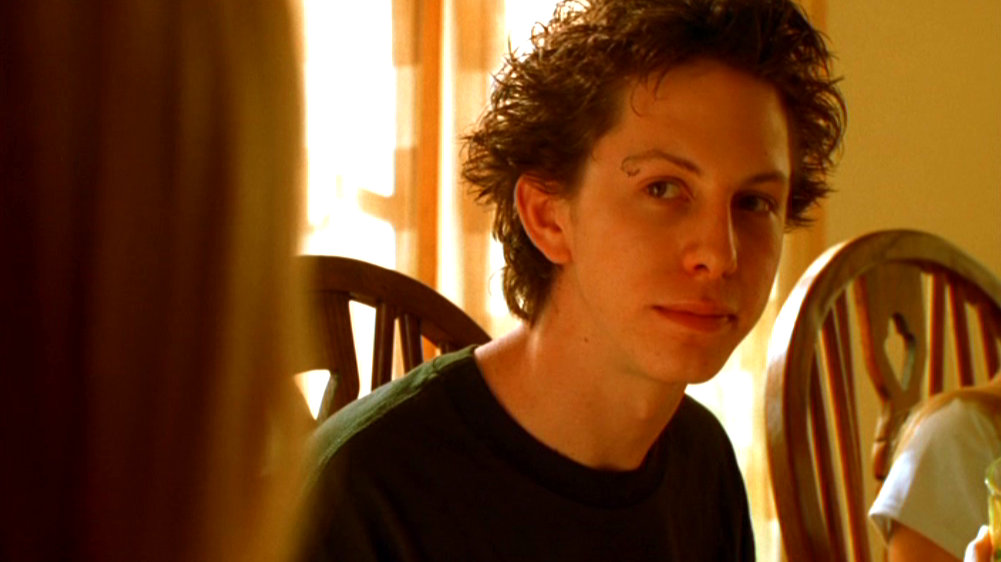
A joint work by the controversial Larry Clark and Harmony Korine, banned permanently in Australia, “Ken Park” is a handful. Everything is shown in the beginning, as the character Ken Park shoots himself on a temple while smiling enthusiastically. After that, it follows the lives of four teenagers who were in one way or another acquainted with Ken Park.
The teenagers, because of their rebellious nature, stand as a deconstructive principle of the seemingly meaningful world of the adults. This is by no means accidental; they come from extremely dysfunctional homes, to the point where their parents have incestuous tendencies towards them.
The ending finally discloses the motive behind Ken Park’s suicide, and it is as nihilistic as it gets: he has impregnated his girlfriend, and after his request that she get an abortion, she asks him whether he wishes he’d been aborted himself. Realizing that he’d rather have never been born, he kills himself with a smile. He goes with a “smile” because he finally understood the meaning of life, which is to die.
Although its message is quite dark, it has interesting character development, so this movie might be a guilty pleasure for many.